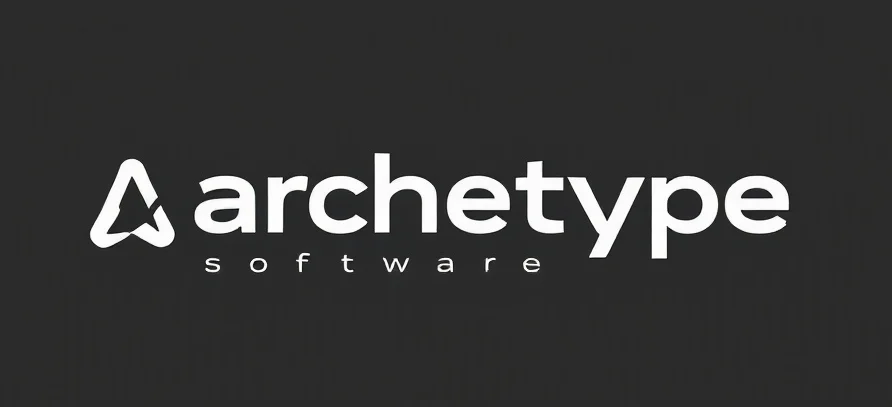Understanding Your Customers: The Power of Archetype-Based Segmentation
Imagine you’re a sci-fi explorer navigating a vast galaxy of potential customers. Each star system represents a different segment, with unique traits, motives, and behaviors. To succeed, you need a map—an understanding of these diverse worlds so you can tailor your approach and forge meaningful connections. That’s where archetype-based customer segmentation comes into play. If you’re curious about how this cosmic approach works, check out the example customer segments that illustrate this concept vividly.
The Science and Story Behind Customer Archetypes
What Are Customer Archetypes?
Think of customer archetypes as fictional characters in your brand’s universe—each embodying a distinct set of motivations, fears, and behaviors. These archetypes aren’t just stereotypes but carefully crafted personas that help you understand *why* your customers act the way they do. For instance, some customers might be driven by a desire for efficiency, while others seek community or status. Recognizing these archetypes allows you to craft messages and experiences that resonate on a deeper level, turning casual visitors into loyal fans.Why Are They Important?
In the world of sci-fi, understanding alien species’ cultures and motives is crucial for peaceful coexistence. Similarly, in marketing, knowing your customer archetypes helps you design targeted campaigns, develop products that truly meet their needs, and build lasting relationships. It transforms a one-size-fits-all approach into a tailored voyage that speaks directly to each segment’s core desires.Mapping the Archetypes: From Concept to Strategy
Identifying Your Customer Archetypes
The first step is to gather data—surveys, interviews, analytics—and look for patterns. Are there groups of customers who consistently value speed over customization? Or perhaps a segment that treasures community and shared experiences? Once you spot these patterns, you can categorize them into distinct archetypes. For example, a tech startup might find archetypes like the “Efficiency Seeker,” the “Status Enthusiast,” or the “Community Builder.” Each archetype is a story waiting to be understood.
Creating a Narrative for Each Archetype
Next, develop a story around each archetype. What motivates them? What challenges do they face? What kind of messaging would resonate? Think of each as a character in your galaxy—understanding their backstory helps you communicate in ways that feel personal and authentic. This storytelling approach makes your marketing feel less like a broadcast and more like a dialogue.
Applying Archetypes to Your Business Strategy
Personalized Marketing and Customer Experience
Once you’ve mapped your archetypes, you can craft highly personalized campaigns. Want to attract the “Efficiency Seeker”? Highlight how your product saves time and simplifies life. For the “Status Enthusiast,” showcase exclusivity and prestige. By speaking directly to each archetype’s core motivations, your messaging becomes more compelling—and conversion rates improve.
Product Development and Innovation
Archetypes don’t just inform marketing; they guide product development too. If a significant segment values community, consider integrating social features or shared spaces. If another desires customization, offer flexible options. This archetype-driven approach ensures your offerings align with what your customers truly want, fostering loyalty and advocacy.
Storytelling in Action: Bringing Archetypes to Life
Picture this: a company launches a new app, but instead of generic marketing, they tailor their messaging for each archetype. For the tech-savvy efficiency seeker, they emphasize how the app streamlines daily tasks. For the social butterfly community builder, they highlight features that connect users. This targeted storytelling creates a sense of understanding and trust, turning casual users into passionate advocates.
Final Thoughts: Navigating Your Customer Galaxy
In the end, understanding your customer archetypes is like having a star chart for your business universe. It helps you navigate the complex cosmos of consumer behavior with confidence, crafting experiences that feel personal, relevant, and compelling. So, whether you’re developing a new product or planning your next marketing campaign, remember: knowing your archetypes transforms your outreach from a shot in the dark to a guided voyage through the stars.
For more insights and detailed examples, don’t forget to explore the example customer segments that bring these concepts to life. Happy exploring!
Checkout ProductScope AI’s Studio (and get 200 free studio credits)
